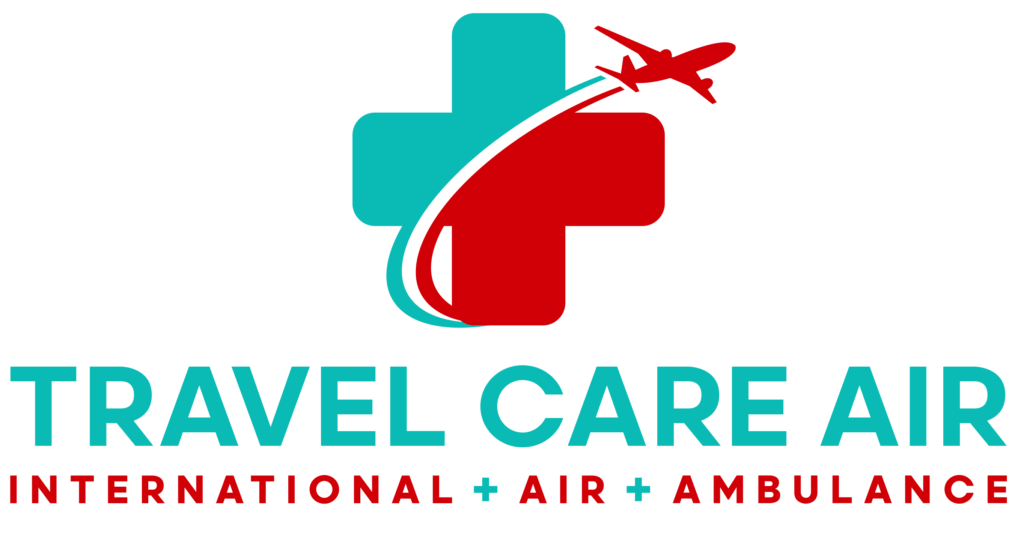Medical emergency preparedness starts long before anything goes wrong. With a few practical habits, you can stay calm, act quickly, and help first responders—and your family—when seconds matter. Use this quick guide to build your plan for medical emergency preparedness at home and on the road.
1) Create your “In Case of Emergency” (ICE) kit
-
ID + contacts: Keep photo ID and two emergency contacts (names, mobile numbers, relationship) in your wallet and phone.
-
Medical snapshot: List conditions, allergies, medications, and your primary physician.
-
Digital backup: Add the info to your phone’s lock-screen medical ID.
2) Organize meds and instructions
-
Carry a current med list. Include drug name, dose, schedule, and purpose (“why I take it”).
-
Prep a 3-day reserve. Pack extra prescriptions in a labeled pill organizer.
-
Review with your doctor. Confirm interactions and what to do if you miss a dose.
3) Keep comms ready
-
Phone charged + alerts on. Enable emergency SOS and location sharing.
-
Know who to call. In the U.S./Canada dial 911; abroad, look up local numbers before you travel.
-
Share your location fast. Practice sending your live location to a family group.
4) Learn the life-saving basics
-
Take CPR + AED training. A 2-hour class can double survival odds for cardiac arrest.
-
Know “call-first, care-second.” Activate EMS, then start care.
-
Simple actions matter. For chest pain, call 911 and offer aspirin (if not allergic) as advised by dispatch.
5) Plan for movement and access
-
Exit routes: Identify two ways out of home/work/hotel.
-
Go-bag: Small kit with meds, copies of documents, phone charger, and a change of clothes.
-
Mobility needs: If stairs or long hallways are hard, note alternatives and who can assist.
6) Insurance & documents
-
Carry cards. Health insurance and photo ID together.
-
Know your coverage. Understand ambulance and air-medical benefits and any pre-auth rules. For a primer, see Will My Health Insurance Pay for an Air Ambulance? and Does Medicare Cover Air Ambulance Services?.
7) When air medical transport makes sense
If distance, terrain, or traffic could delay definitive care—or a patient needs continuous critical support in flight—air transport may be appropriate. Learn how these missions work in How Does Air Medical Transport Work? and get practical prep tips in Keys to Stress-Free Medical Air Transport.
Quick checklist (print this)
-
ID, insurance card, and two emergency contacts
-
Current med list + 3-day reserve
-
Allergy list and major diagnoses
-
Charged phone, portable charger, and SOS set up
-
CPR/AED class scheduled (or completed)
-
Small go-bag by the door
-
Travel: local emergency number + hospital options
Bottom line: A few hours invested in medical emergency preparedness pays off when every minute counts. If you ever need help coordinating a safe transfer, we can guide the process end-to-end and keep care continuous from bed to bed.
